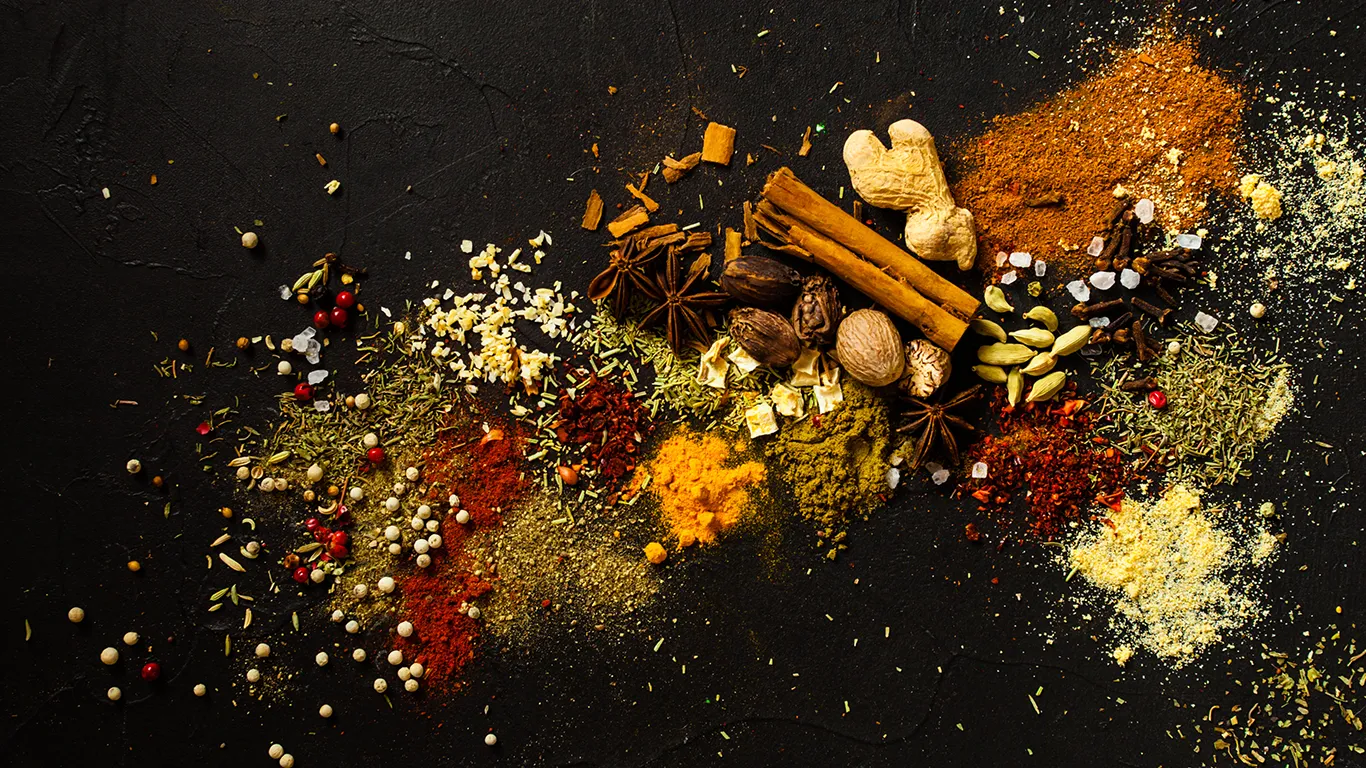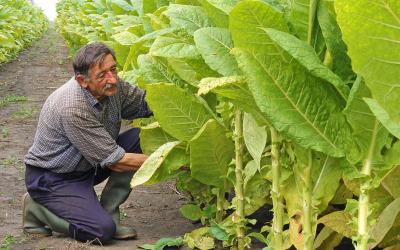For cigar enthusiasts, discerning the intricate flavor profile of a cigar is akin to savoring a fine wine or gourmet meal. From earthy undertones to hints of spice and sweetness, cigars offer a rich tapestry of flavors that can captivate the senses and elevate the smoking experience. In this comprehensive guide, we’ll explore the art of identifying different flavor notes in a cigar, providing tips and techniques to help you develop your palate and appreciate the nuances of your favorite smokes.
Understanding Flavor Dynamics: The Basics of Cigar Tasting
Before delving into the specifics of flavor identification, it’s essential to understand the basic principles of cigar tasting. Like any sensory experience, tasting a cigar involves more than just the taste buds; it engages all five senses, including sight, smell, touch, and even sound. By paying attention to these sensory cues, you can gain a deeper understanding of the flavor profile of a cigar and appreciate its complexity on a whole new level.
- Appearance: Examine the appearance of the cigar, noting its color, texture, and construction. A well-rolled cigar with a smooth wrapper and uniform shape is likely to provide a more consistent and enjoyable smoking experience.
- Pre-Light Aroma: Before lighting the cigar, take a moment to smell the wrapper and foot. Pay attention to any aromas you detect, such as notes of cedar, leather, or cocoa. These pre-light aromas can provide valuable clues about the flavors you’ll encounter during the smoking process.
- Cold Draw: After cutting the cigar and before lighting it, take a few draws to test the cold draw. Pay attention to the flavors and sensations you perceive on your palate, such as sweetness, spiciness, or creaminess. This can give you a preview of the cigar’s flavor profile and help you prepare for the smoking experience.
Identifying Flavor Notes: Training Your Palate
Once you’ve lit your cigar and begun smoking, it’s time to focus on identifying the specific flavor notes present in the smoke. Developing your palate takes time and practice, but with patience and attention to detail, you can train your taste buds to detect even the subtlest nuances in a cigar’s flavor profile.
- Primary Flavors: The primary flavors in a cigar are typically the most dominant and easily recognizable. These may include notes of earth, wood, spice, or sweetness. Pay attention to the overall impression these flavors create on your palate and how they evolve throughout the smoking experience.
- Secondary Flavors: In addition to primary flavors, cigars often exhibit secondary flavors that add depth and complexity to the smoke. These may include hints of coffee, chocolate, nuts, fruit, or floral notes. Try to isolate these secondary flavors and identify their specific characteristics.
- Finish: The finish refers to the lingering aftertaste that remains on your palate after you’ve exhaled the smoke. Pay attention to the duration and intensity of the finish, as well as any additional flavors or sensations that emerge during this phase. A long, smooth finish with balanced flavors is typically indicative of a well-crafted cigar.
Refining Your Palate: Tips for Enhancing Your Cigar Tasting Experience
As you continue to explore the world of cigar flavors, there are several techniques you can use to refine your palate and enhance your tasting experience.
- Keep a Tasting Journal: Keep a journal or notebook to record your tasting experiences, including the cigars you’ve smoked, their flavor profiles, and any tasting notes or observations. This can help you track your progress over time and identify patterns in your preferences.
- Experiment with Pairings: Experiment with different beverage and food pairings to see how they interact with the flavors of your cigar. Whether it’s a glass of whiskey, a cup of coffee, or a piece of dark chocolate, pairing can enhance the flavors of both the cigar and the accompanying beverage or food.
- Seek Feedback: Don’t be afraid to seek feedback from other cigar enthusiasts or experts. Participate in cigar tastings, join online forums or social media groups, and engage in discussions about flavor profiles and tasting techniques. Sharing your experiences with others can broaden your perspective and help you discover new cigars and flavor notes.
Conclusion:
Identifying different flavor notes in a cigar is a journey of discovery that requires patience, practice, and a keen sense of observation. By paying attention to the sensory cues provided by your cigar and training your palate to detect subtle nuances, you can unlock a world of flavors and enhance your smoking experience in meaningful ways. So take your time, savor each puff, and enjoy the rich tapestry of flavors that cigars have to offer.




